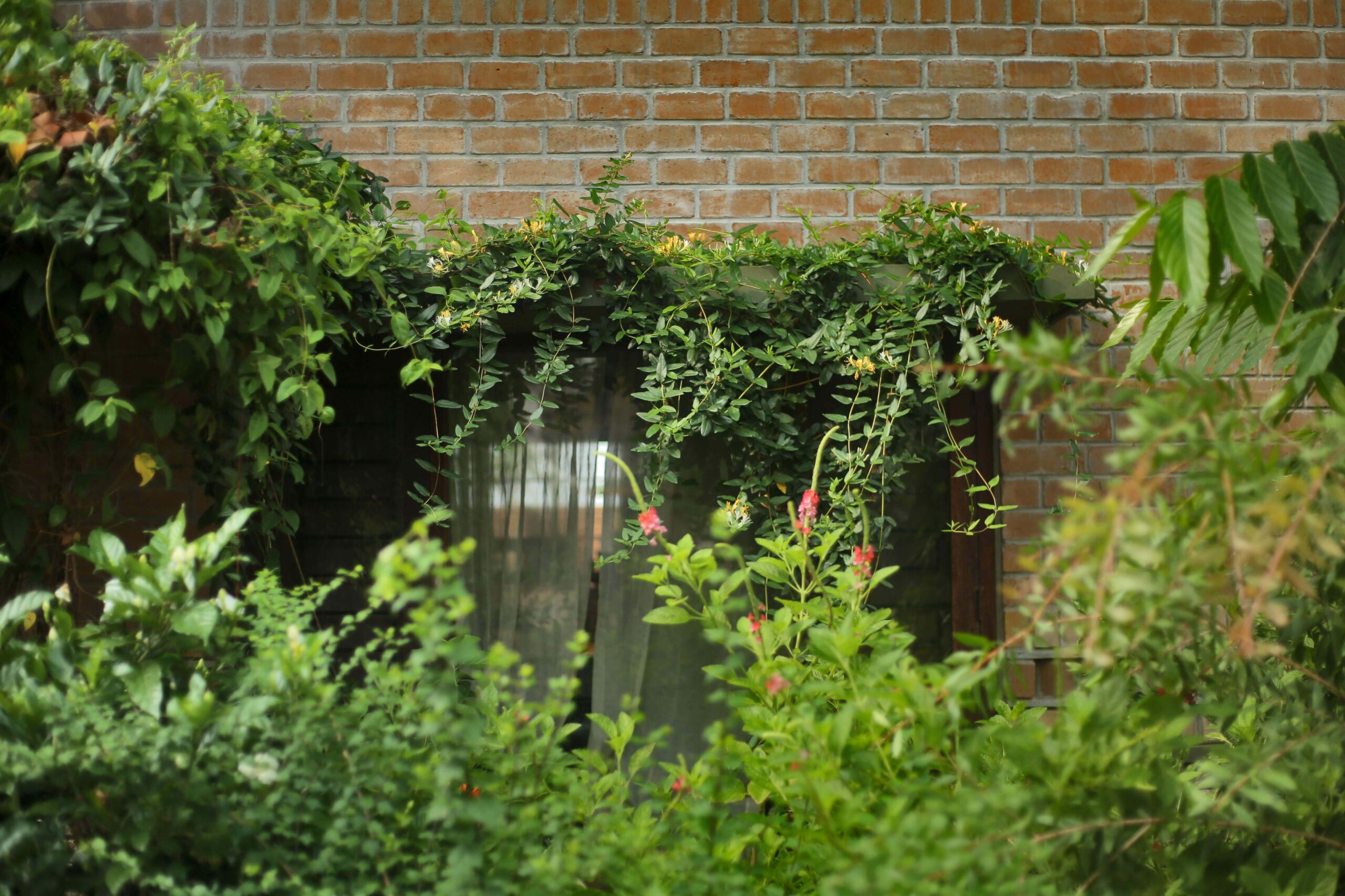Native Plants
The Foundation of Healthy Ecosystems
Native Plants
The Foundation of Healthy Ecosystems
GoodEarth – June 01, 2018

With burgeoning urbanization, we are in an era of congestion where spaces come at a premium. Most of the elite apartment complexes or gated communities that boast abundant greenery predominantly host an array of exotic plant species and manicured lawns that are ineffectual in enhancing the biodiversity of the region.An in-depth conversation with Natasha Iype, Chief Architect & Co-Founder, GoodEarth, about the design approach and the underlying concept of planting native species at Malhar Eco-village gives an insight of how the community is shaped with the philosophy of man co-existing with nature.

Support for Functioning ECO System
Although meticulously designed in allotted cluster parks and pathways, the landscape in Malhar looks haphazard, almost like a dense forest at places – with varied indigenous trees and shrubs.The overall concept of the design is a synonymous blend of the built in the natural environment.“We do not believe in exotic species and manicured lawns”, states Natasha.In addition to the cost of the maintenance being threefold when compared to the hardy, native species,these exotic species do not support functioning ecosystems.With a holistic approach, the Malhar Ecovillage takes a different stance in landscaping.Here, the landscape design is an integral part of aesthetics and identity of a space.“As the facades of the cluster/row houses are harmonious, it is the plants and landscaping elements that define the area with its unique character,” explains Natasha.By creating thematic clusters with diverse species such as fruit orchard, sacred cluster, medicinal plants, etc., the built spaces are recognized by the respective gardens.

Space for everyone
Visualization plays a major role when designing the landscape for a community. It is important that designated spaces are planned according to its end users and the activities that they may have. At Malhar, a pergola with an ornamental garden climber by the waterbody with light scented flowers is envisioned as a space where a group of elders can sit and socialize after a stroll. Whereas, the central area is imagined as a space for kids where they can climb trees and create their own imaginative world in the nooks and corners whilst discovering birds and insects.Elaborating on the essence of the landscaping at Malhar and its importance, Natasha enthusiastically concludes, “You experience the change in seasons through the flowering and shedding of the trees here. Experiential learning happens when the children pick berries and fruits from the orchard with their parents. To create an engaging and an interactive environment in the lap of nature and its serenity is what we strive for.”
Leave A Comment